Monazite: Gemstone and Jewelry
Monazite is one of those rare minerals that can be cut into a clear, blue gemstone that is as bright as a diamond. The mineral was discovered in 1828 by Johan Gadolin and was named after the explorer Monnartz, who discovered the mineral while traveling in Brazil. The monazite gemstone is highly sought after because of its distinct blue color that can range from light to medium blue or blue-green. Because of its rarity and scarcity, the monazite gemstone is not as well-known as other gems like diamonds, rubies, and emeralds. While monazite may not be a household name, it has been used for centuries in the production of jewelry and other decorative objects. In this article, we'll explore the history and properties of the monazite gemstone, as well as its value and uses.
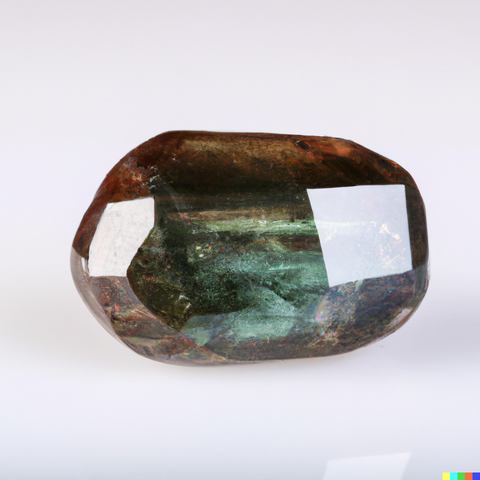
History:
Monazite was first discovered in Brazil in the early 19th century, but it wasn't until the 1930s that the gemstone became more widely known and used in jewelry production. In the early 20th century, the United States Geological Survey discovered significant deposits of monazite in the southeastern United States. During World War II, monazite was used in the Manhattan Project to create the world's first atomic bomb. The mineral was also used in the production of light bulbs, welding electrodes, and other materials.
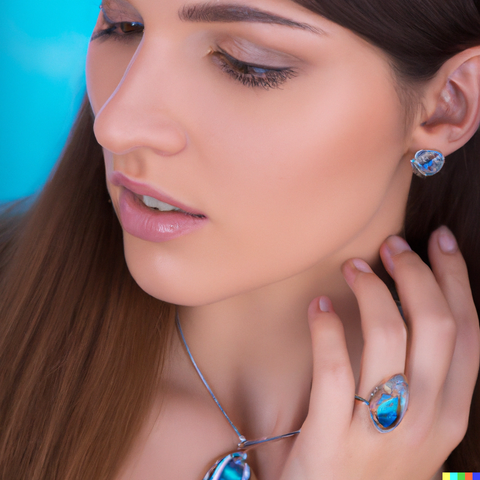
Properties:
The monazite gemstone is composed of yttrium and radioactive thorium, which give it its unique blue-green color. The mineral has a hardness of 5 on the Mohs scale, making it durable and long-lasting. While the monazite gemstone is not as hard as a diamond, it is still highly prized for its rarity and distinct color. The gemstone is transparent and has a high refractive index, which gives it a brilliant shine.
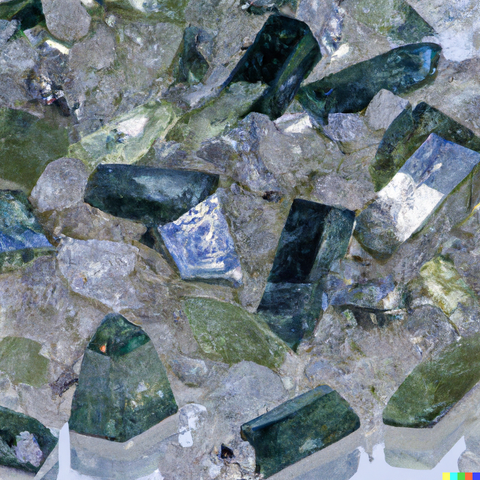
Value:
The value of a monazite gemstone depends on a number of factors, including its size, quality, and rarity. Because monazite is so rare, it is often more valuable than other gemstones like diamonds or emeralds. The most valuable monazite gemstones are those that are large and have a distinct, deep blue-green color. Smaller, lighter blue stones are also valuable, but not as much as the darker, more intense stones.
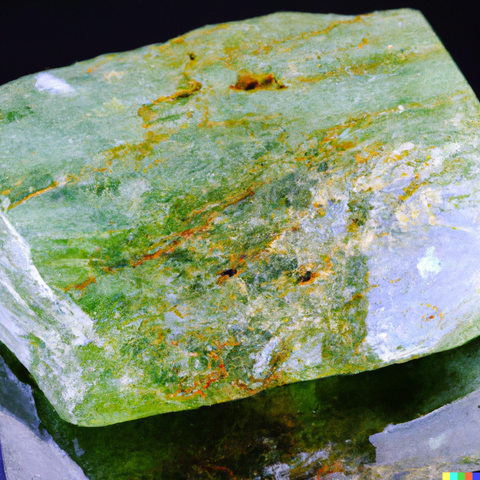
Uses:
The monazite gemstone has been used in jewelry and ornamentation for centuries. In addition to its use in jewelry production, monazite has also been used in the production of light bulbs, welding electrodes, and other materials. Today, monazite is still used in the production of decorative objects and jewelry. The gemstone is highly sought after for its unique color and rarity, and it is often used in bracelets, necklaces, and earrings. Because of its radioactive properties, monazite should only be handled by professionals and should not be worn as jewelry for extended periods of time.

Monazite is a unique and rare gemstone that has been used in the production of jewelry and decorative objects for centuries. The mineral's distinct blue-green color and high refractive index make it highly sought after by collectors and jewelry enthusiasts alike. While the monazite gemstone may not be as well-known as other gems like diamonds and rubies, it is still highly valued because of its rarity and beauty. If you're looking for a unique and beautiful piece of jewelry, consider adding a monazite gemstone to your collection.
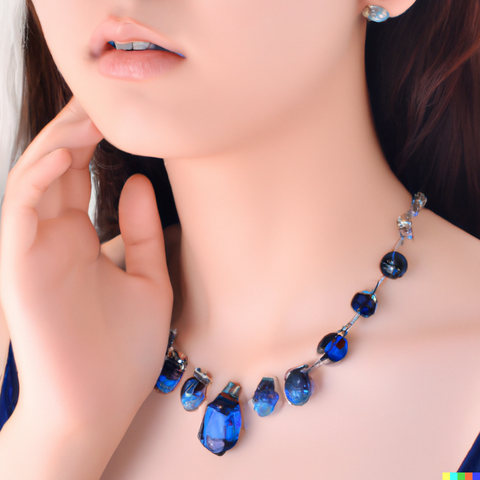



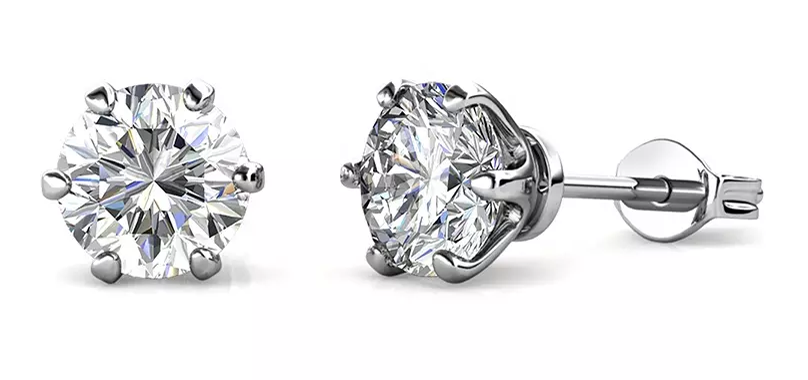
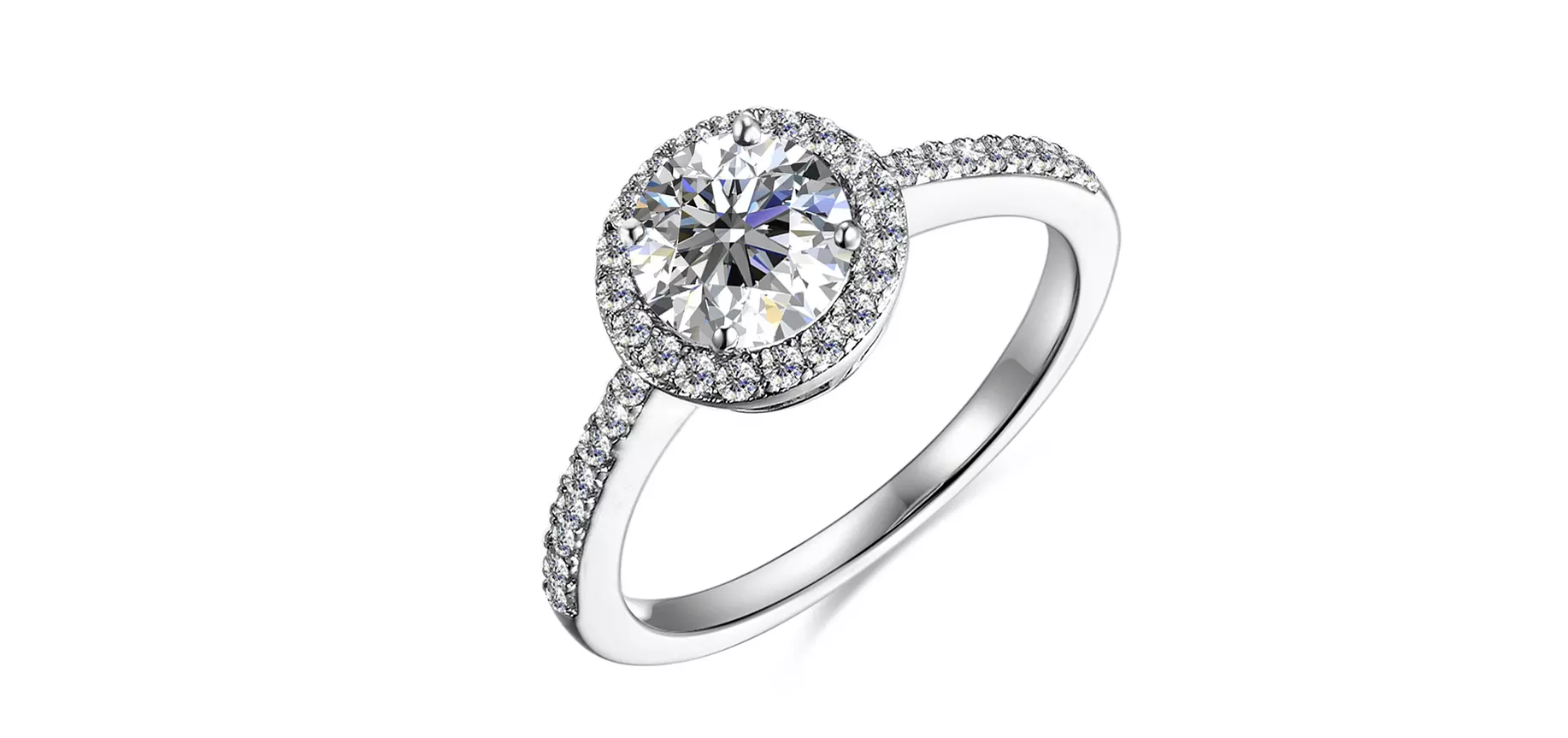
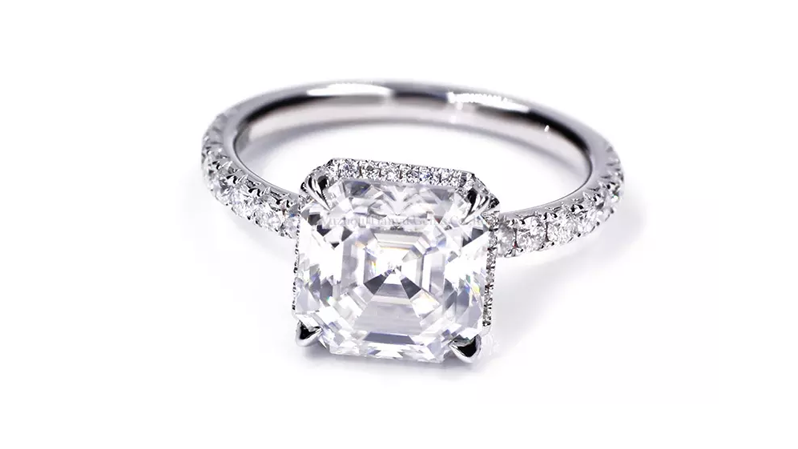
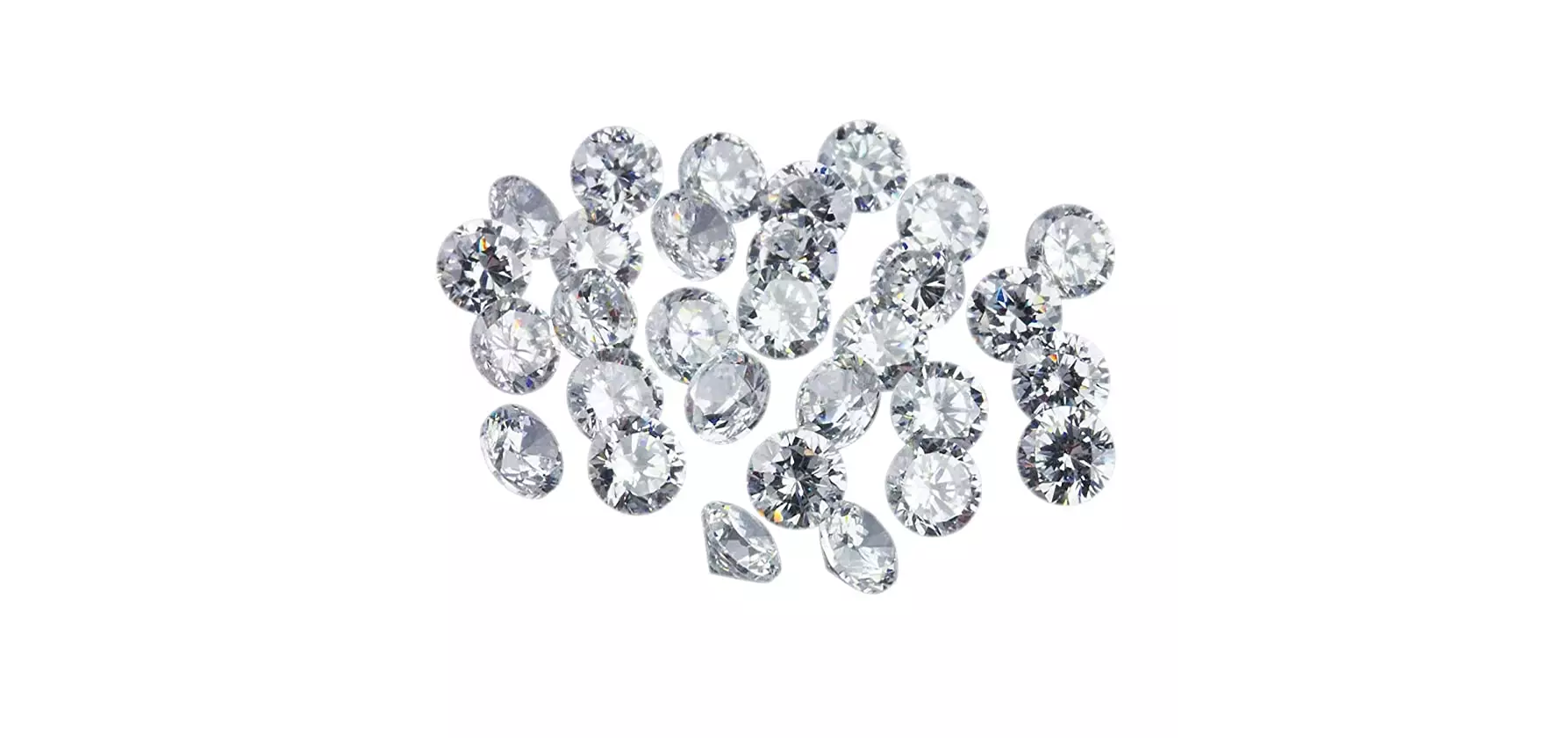
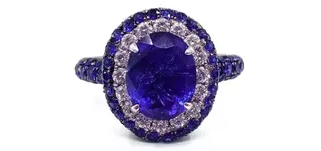
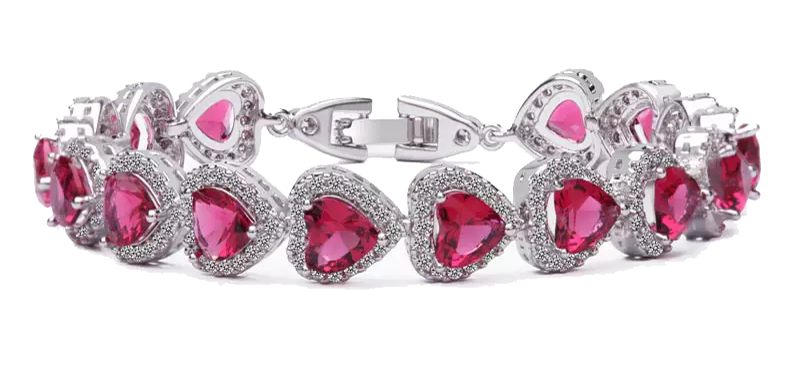
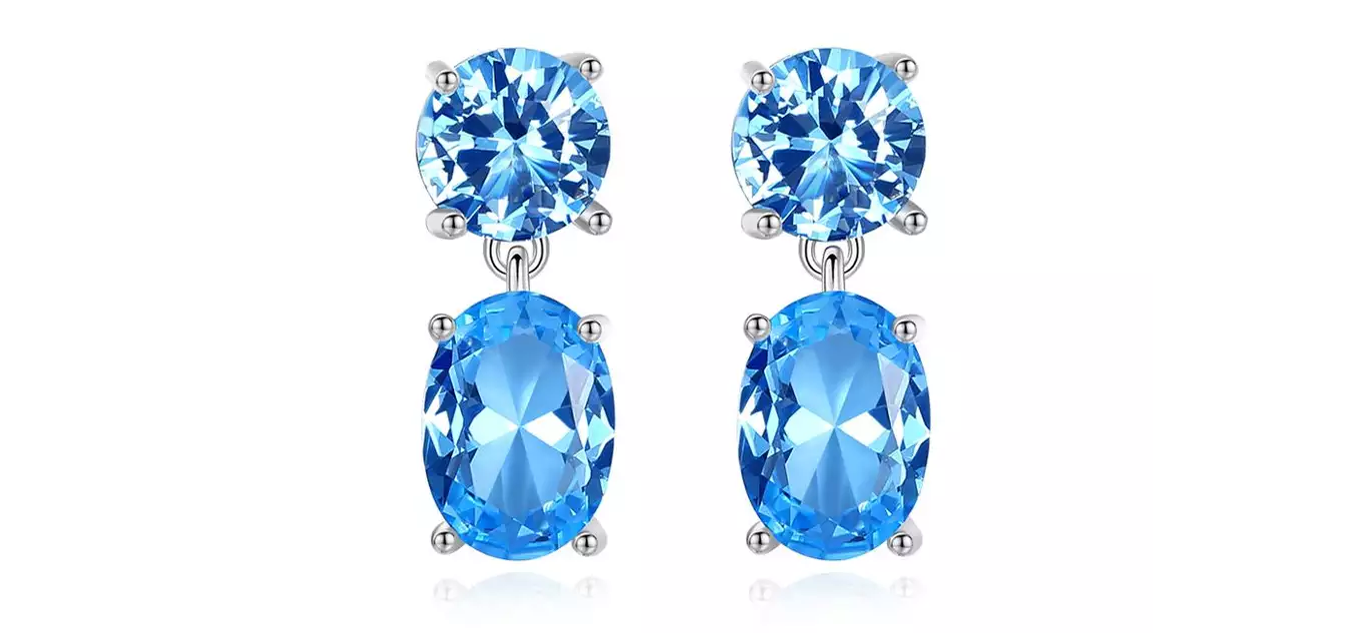
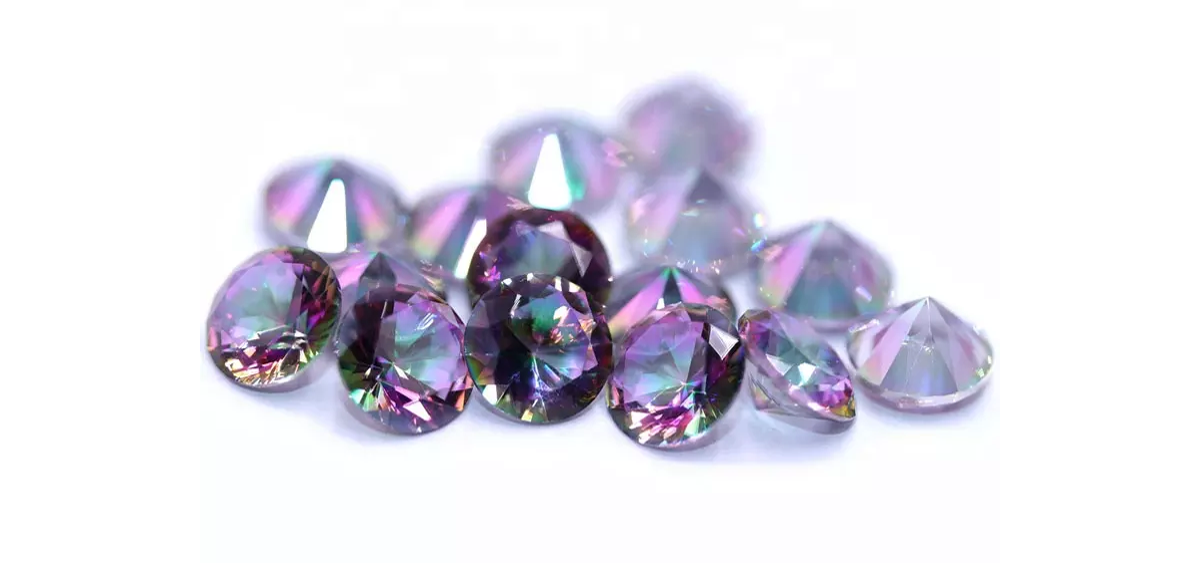
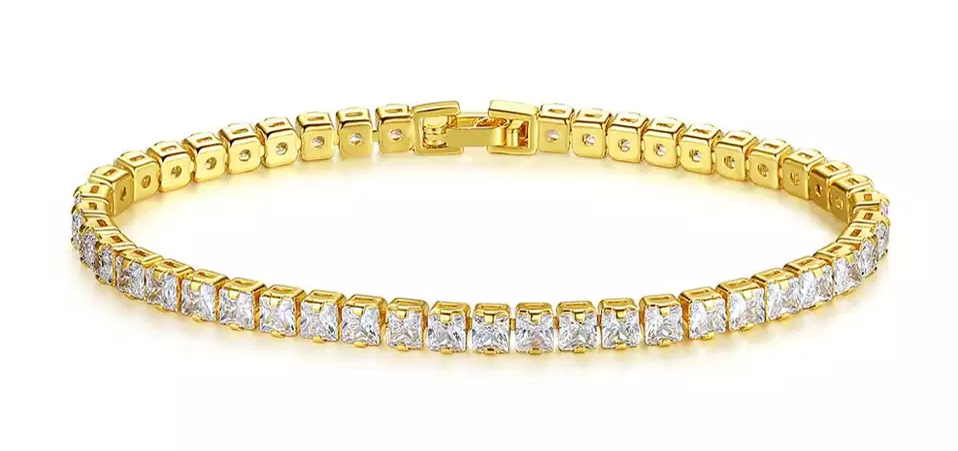
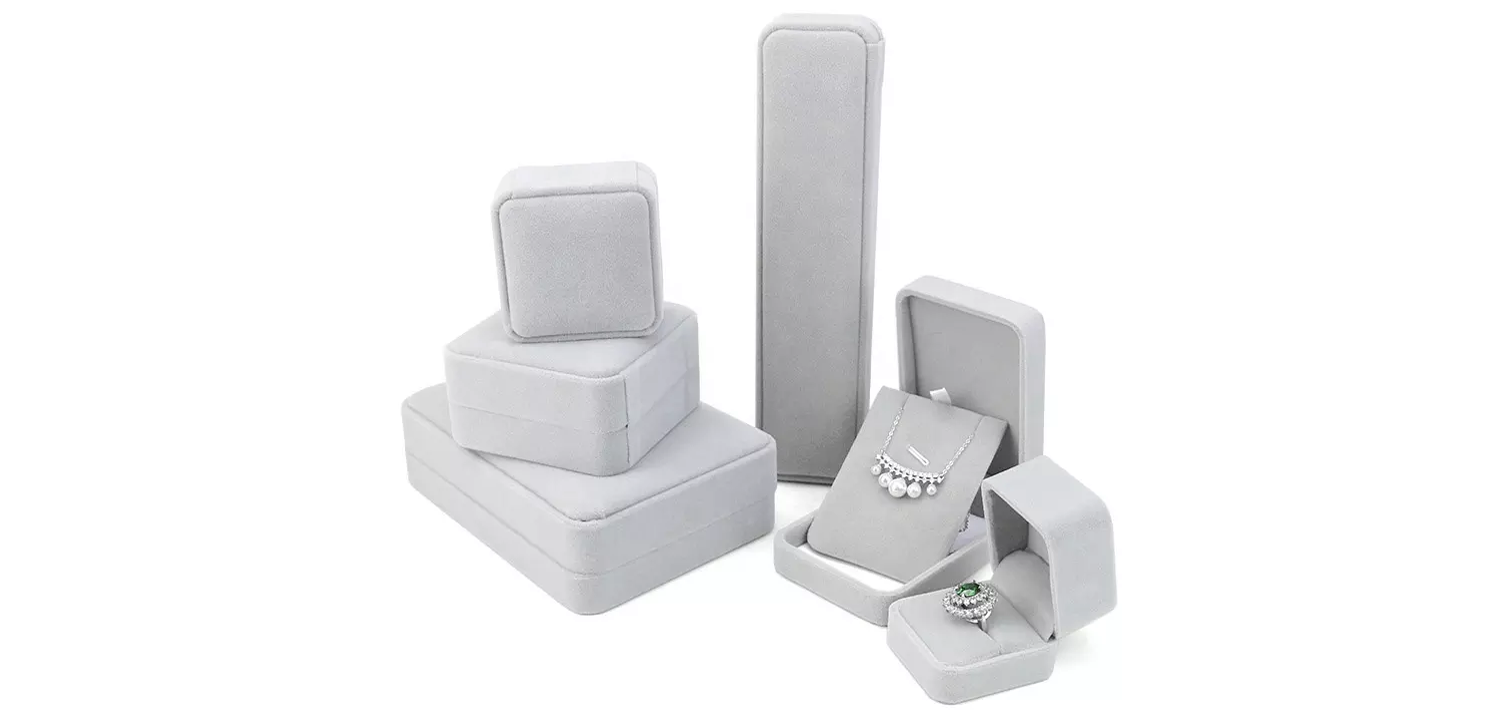
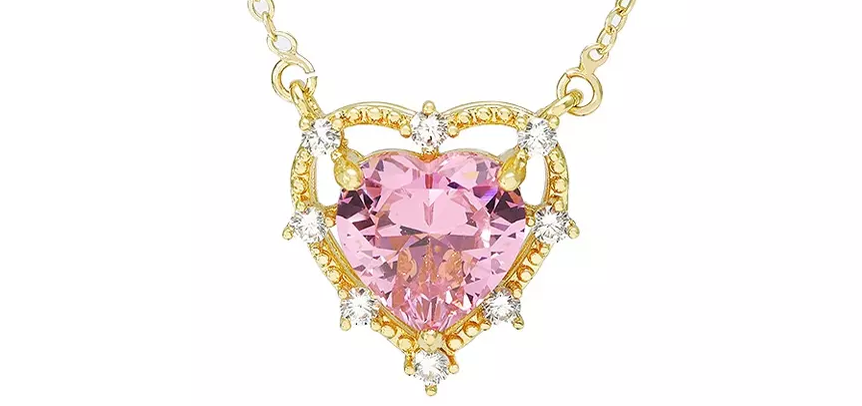

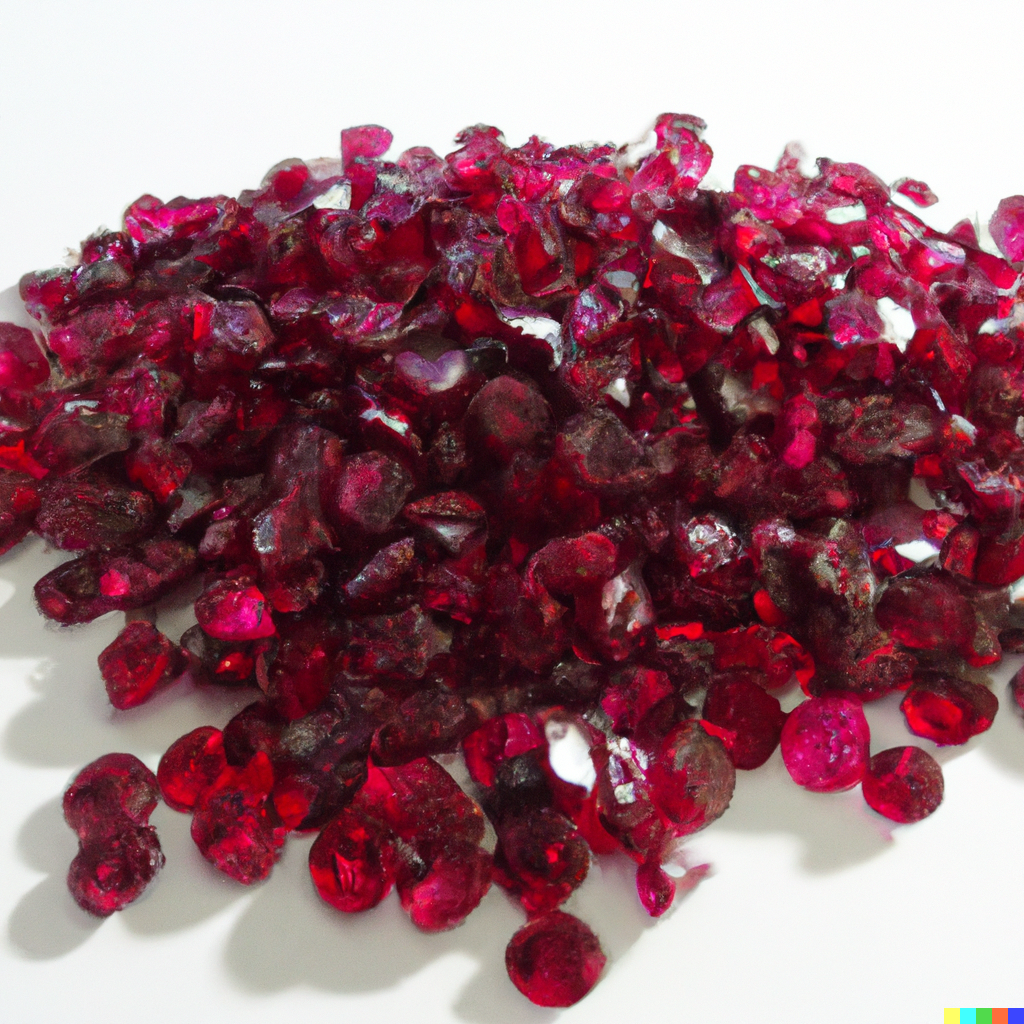
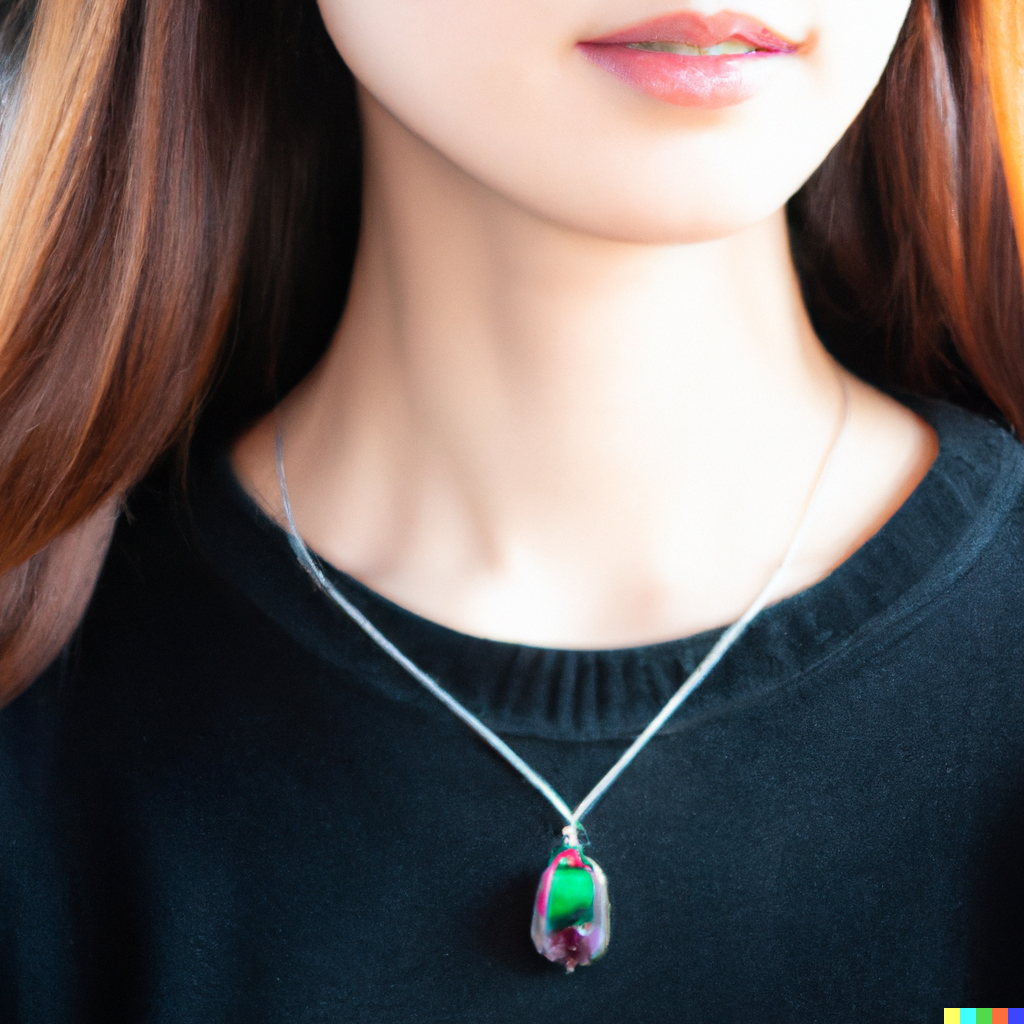
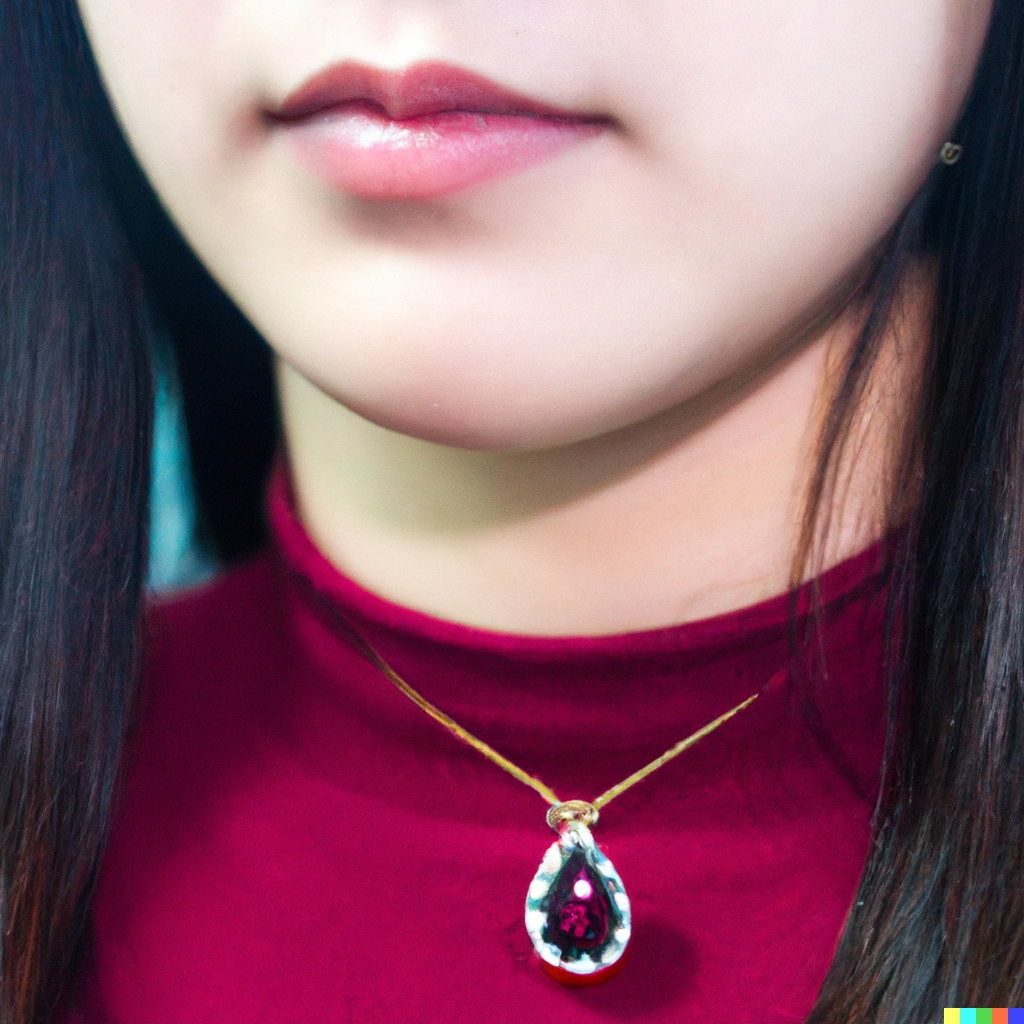
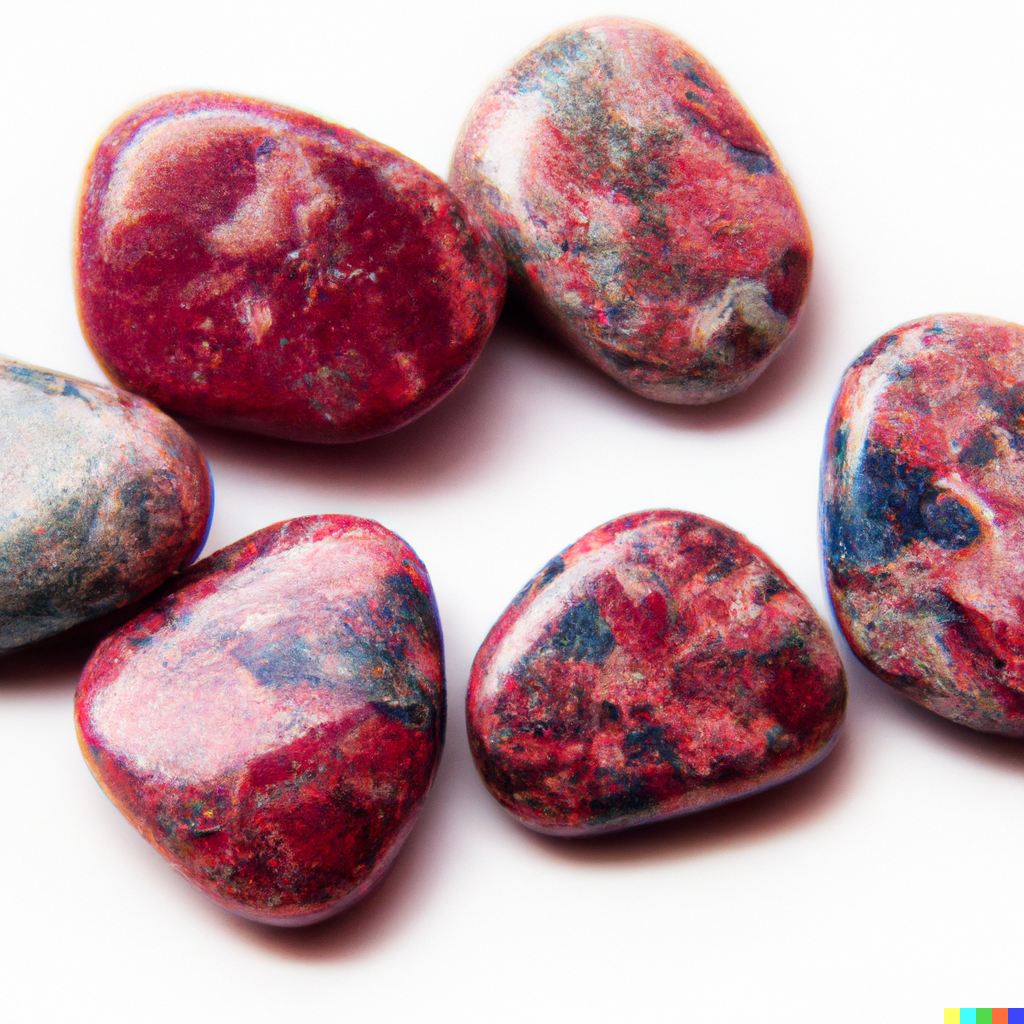
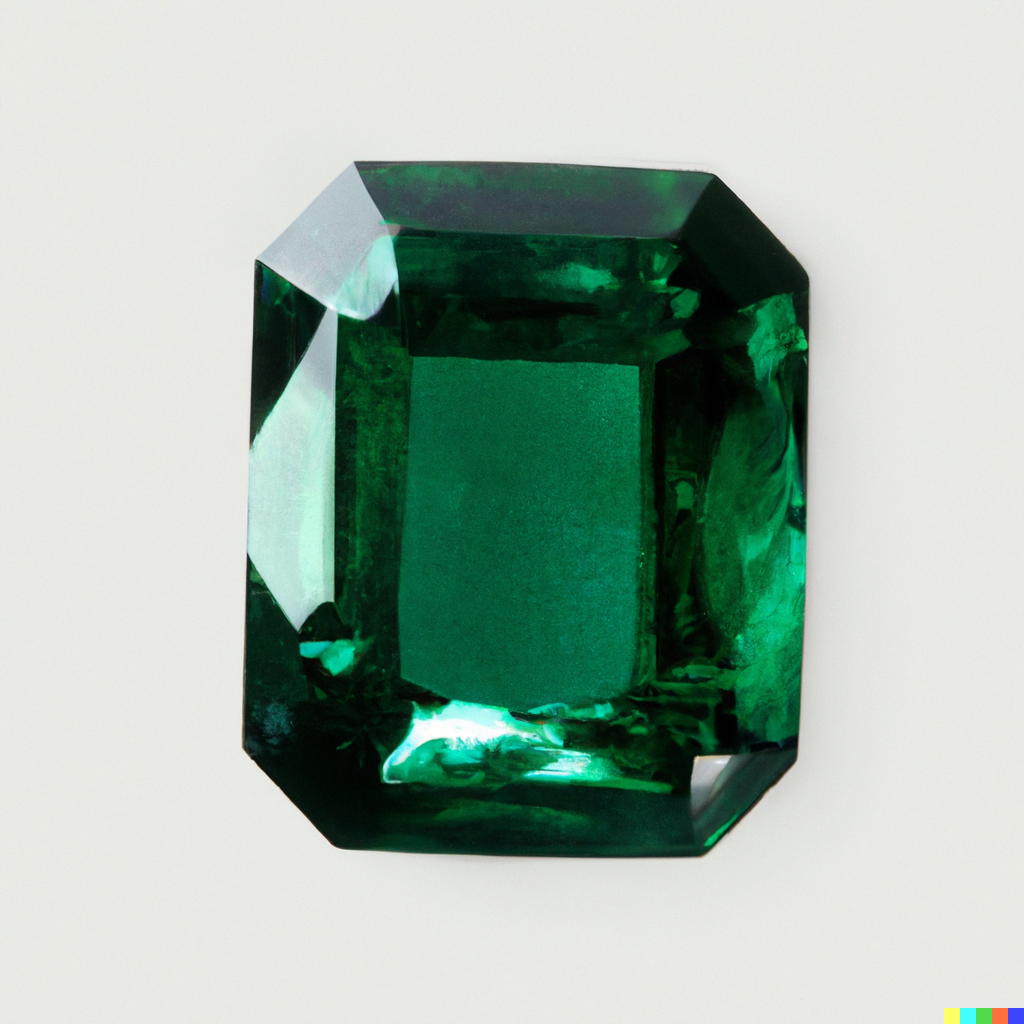
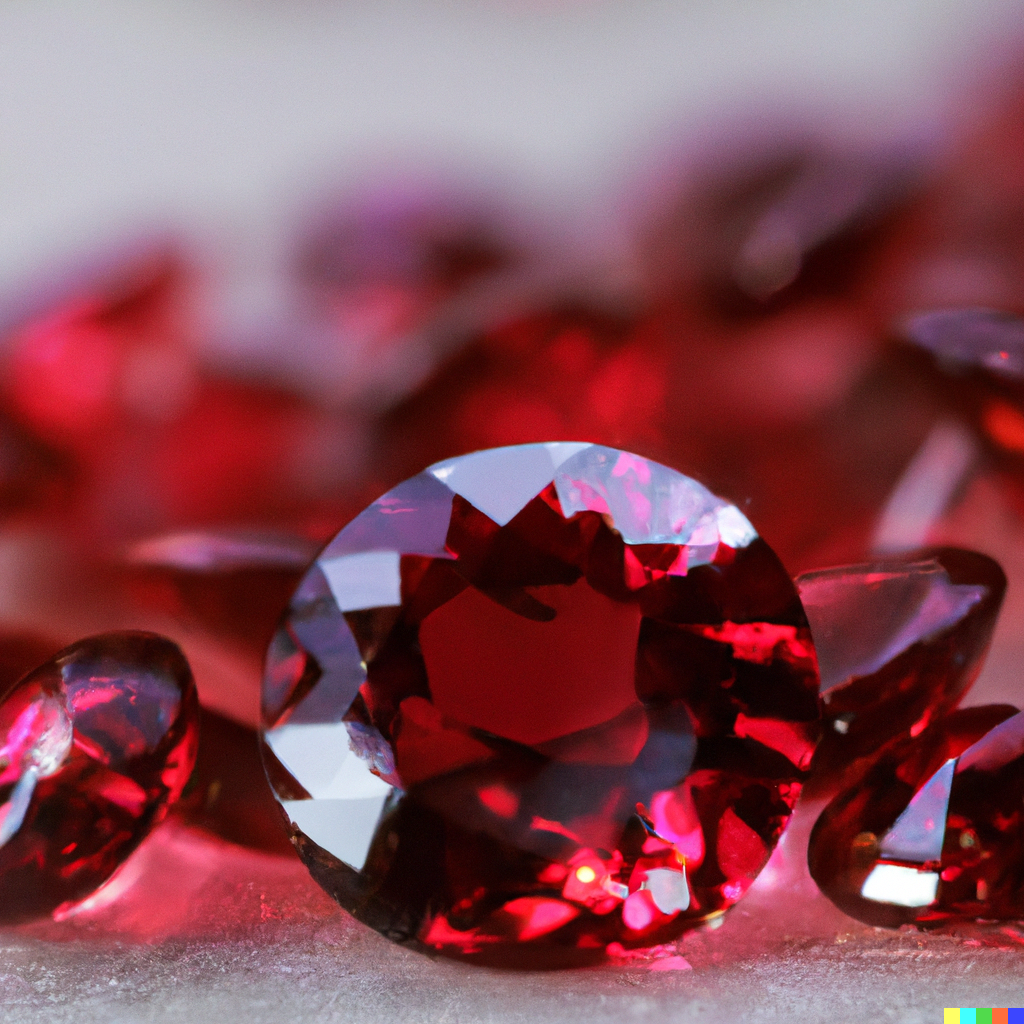
Leave a comment